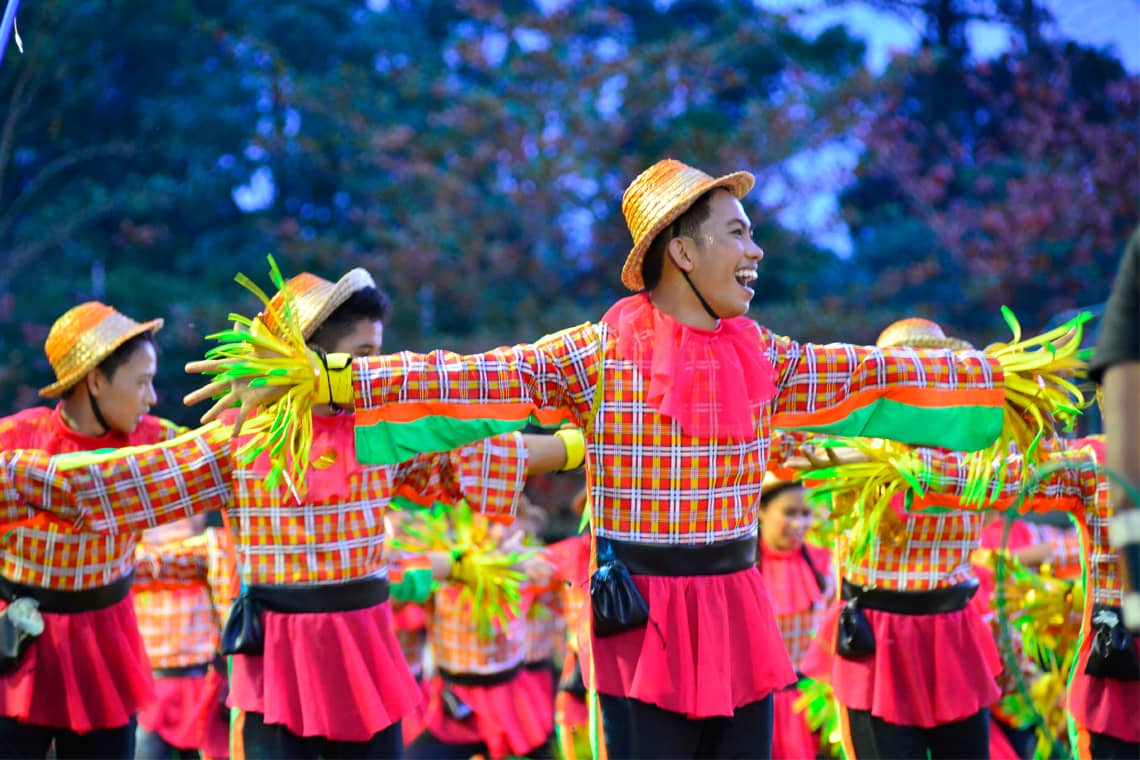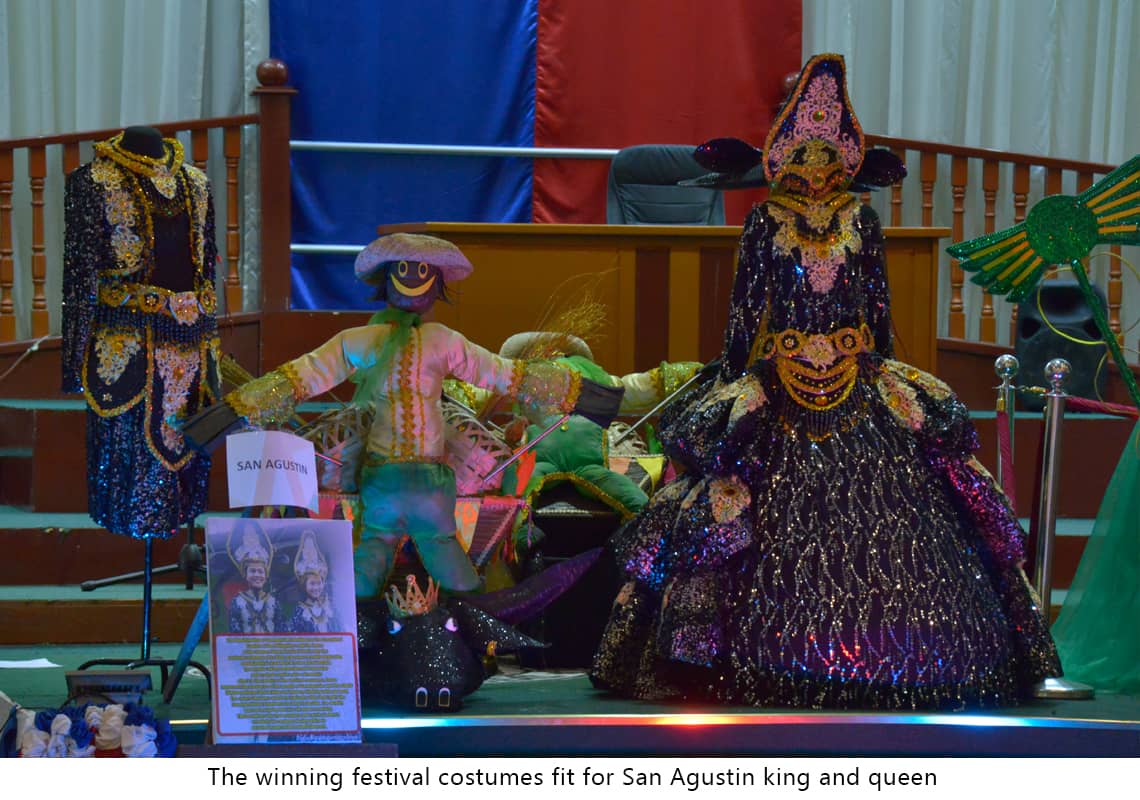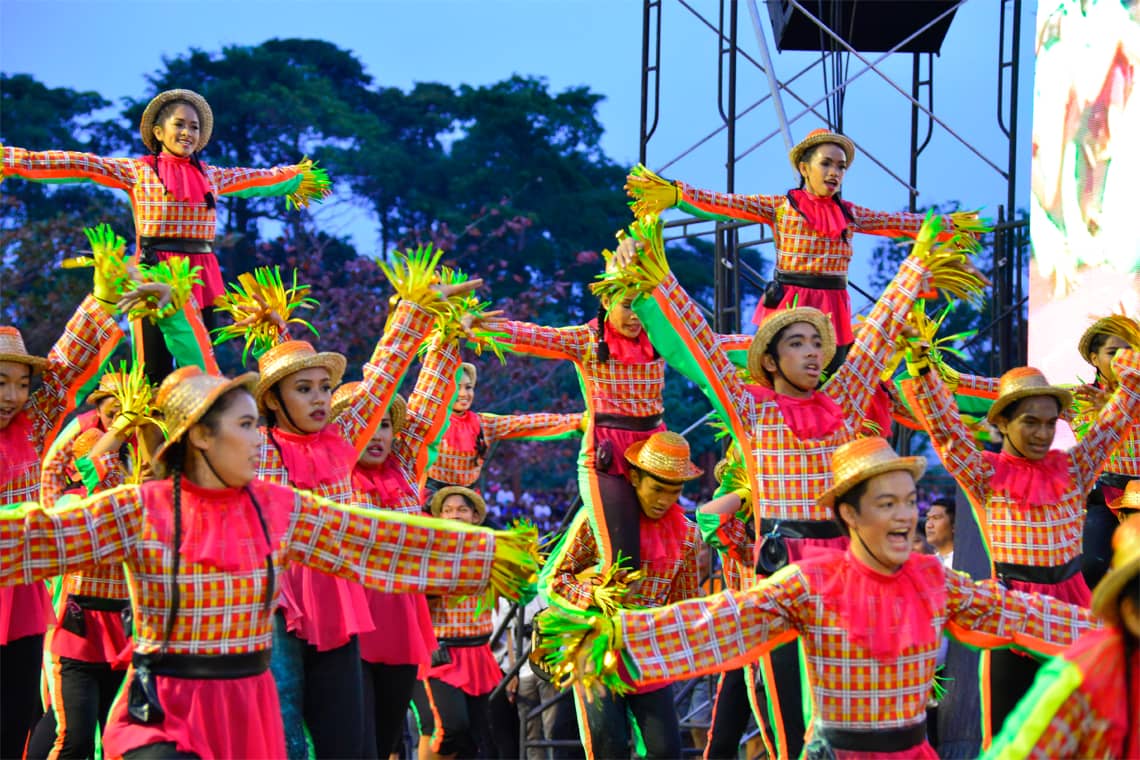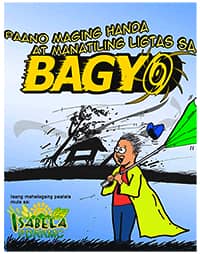Home Page Beez5
BY ALYSSA ASHLEY LUCAS (The Manila Times) ON FEBRUARY 18, 2018

Considered the “Queen Province of the North,” Isabela exuded an aura of pride and joy as the last fireworks lit up the sky. The crowd applauded, ending the night on a high—after months’ worth of laborious preparation made for a successful 2018 Bambanti Festival.
Typically overlooked as a tourist destination, Isabela actually abounds with white beaches and highlands of the neighboring provinces. Add the vast fields of rice and corn blanketing its land, which are commonly mistaken as the only sights in the province. While the fields are a great sight, they often obscure what the northern beauty really has to offer.
Seeing past through its thriving agricultural production, though, one will see a province rich in culture with a vibrant past, gorgeous attractions, and beautiful people that make up its northern charm.
Bambanti – the Ilocano word for scarecrow – is an award-winning festivity that honors the hard work and dedication of Isabeliños, as well as a showcase of the province’s commodities. It is likewise known as one of the biggest festivals in the north that people from different parts of the country attend each year.

With this year’s festival theme, “Isabela Kong Mahal” (Isabela, My Beloved Land), the northern province became a feast to the eyes for one glorious week in January. Gorgeous booths delicately lined up, built and designed with intricate details from the 34 municipalities and three cities attracted visitors for the wide variety of indigenous products worthy of global recognition.
By Bernard L. Supetran (Business Mirror) - February 18, 2018
Coupled with cartoon animation, techno-pop music, and capped by a pyrotechnics display makes the show a cut above the rest, enough to make it a perennial winner in the Aliwan Fiesta competitions.
 MANILA, Philippines — Bambanti. It is the Ilocano word for “scarecrow.” In Isabela, where close to 69 percent of the population are Ilocanos, the province’s premier festival is named after the bambanti. The annual festivity not only pays tribute to the figurative guardian of the rice fields but also displays a literal outpouring of joy and thanksgiving for a bountiful harvest.
MANILA, Philippines — Bambanti. It is the Ilocano word for “scarecrow.” In Isabela, where close to 69 percent of the population are Ilocanos, the province’s premier festival is named after the bambanti. The annual festivity not only pays tribute to the figurative guardian of the rice fields but also displays a literal outpouring of joy and thanksgiving for a bountiful harvest.
Located on the northeastern seaboard of Luzon, Isabela is the country’s second largest province in terms of land area, occupying almost 40 percent of the Cagayan Valley region. With its rolling terrain and fertile plain, between the foothills of the Central Cordillera mountain range to the west, the Sierra Madre to the east, and the grand Cagayan River that runs through it, Isabela thrives primarily on agriculture. It is the country’s No. 1 corn and monggo producer, as well as the country’s biggest rice surplus producer.
The Mindanao Grains Corn Processing facility in the municipality of Reina Mercedes is the biggest post-harvest plant in Asia. The Magat Dam in Ramon is the biggest dam in Southeast Asia, supplying the energy needs of Central Luzon and Metro Manila while servicing the irrigation needs of 95,000 hectares of farmland all year round.
With the theme “Isabela kong mahal” (Isabela, my beloved), this year’s Bambanti Festival, which was held from Jan. 22 to 27, featured a weeklong Agri-Ecotourism Exhibit and Sale at the pop-up Bambanti Village within the grounds of the provincial capitol in Ilagan City.
The 34 municipalities and three cities of the province set up their individual booths, each showcasing the different products they are best known for, such as mung beans (monggo) from San Mateo; aromatic red rice called Pinilisa from Jones; rice wine made from brown rice from Luna; moriecos, a sticky rice cake (suman) stuffed with latik (coconut syrup) from Cabatuan; Inatata (an Ibanag name), tiny suman also known as bala-bala, so called since they resemble a magazine of bullets when strung together; and pancit miki from Cabagan, to mention just a few of the many local products

It comes as no surprise then that its biggest festival would draw inspiration from its agricultural roots.
The Bambanti Festival is the province’s annual feast where all the towns and cities of Isabela come together to celebrate the province’s history and culture.
The bambanti is the scarecrow in local town – an ubiquitous sight in the province as it stands among the fields, a silent sentry of the crops that the province is known for.
The Bambanti, first conceived to ignite the premier Isabela Festival torch in 1997 by Former Governor Benjamin Dy and his wife Cecil, is a stately symbol for the Isabela farmer’s diligence and resoluteness to earn his keep, feed his family and produce for his community. It is a reminder of his enduring spirit – the kind that is relentless amid the harshness of storms that often visit his province - and his creativity in his untiring vigilance to safeguard his treasure and the promises it holds.
For Isabela, the bambanti’s towering presence is a reminder of the key that propelled Isabeleños to self-sufficiency and national economic prominence. It serves likewise as a directional sign pointing towards further greatness – Isabela’s dream future as a premier agro-industrial hub in the Pacific.
From corn coffee, to rice wine, to hand-carved accessories, each booth had something that would catch the eye of any visitor.
Guarding the booths were towering effigies of different scarecrows of different types.
From anthropomorphic livestock, to animatronic structures that move in tandem to the music being played from the booth, each giant bambanti was unique in both style and material.
The biggest event of the festival is the grand street parade.
During the show, contingents representing each town, city, and municipality of the province wowed the crowd with their performances.
The costumed performers danced to the beat of the Bambanti Festival anthem, drawing appreciative claps whenever a particularly flashy stunt or dance move was done.
Culture is the highlight of the festival and this is most apparent during the choral competition and the dance showdown.
During the dance showdown, groups told of Isabela, from its history, to recent events, to the daily lives of its citizens.
Meanwhile, the assembly hall was filled with harmonious voices as each choir dazzled the crowd with their vocal prowess.






























































